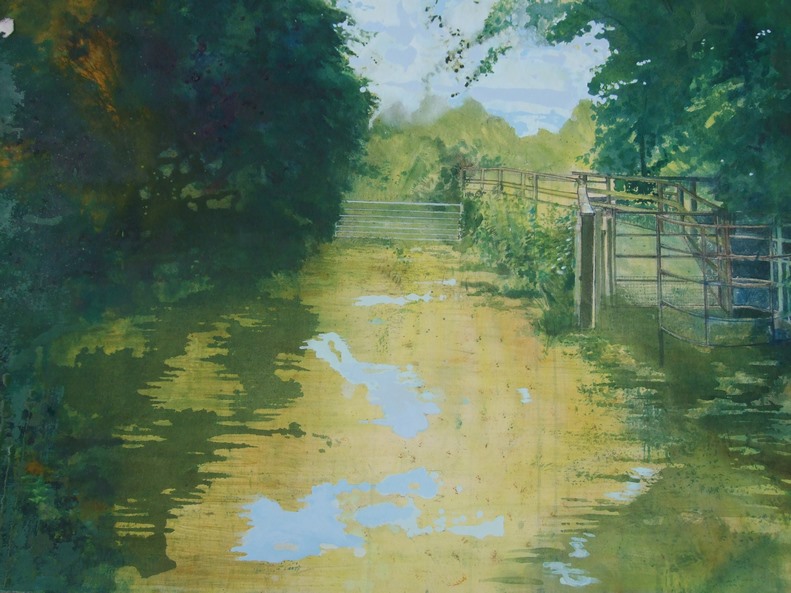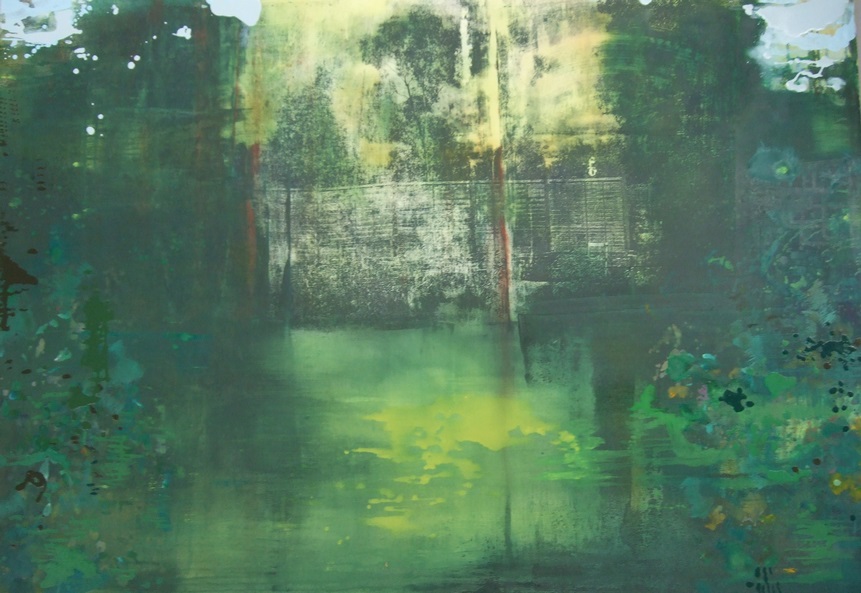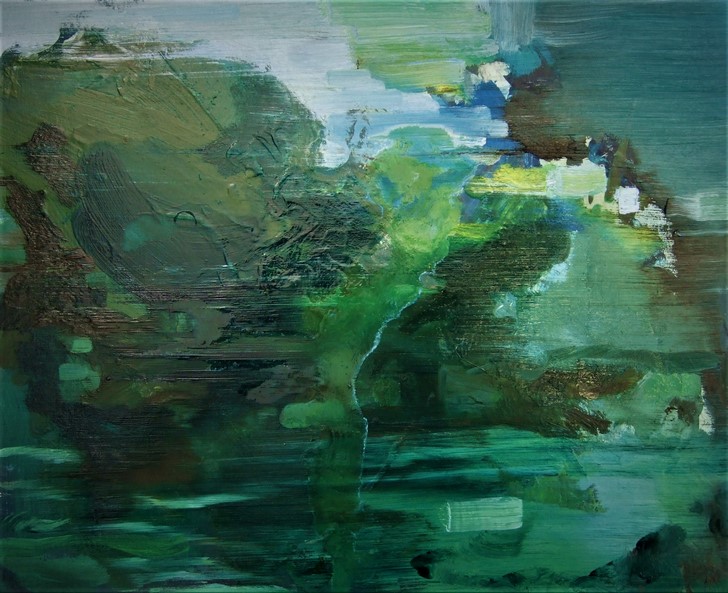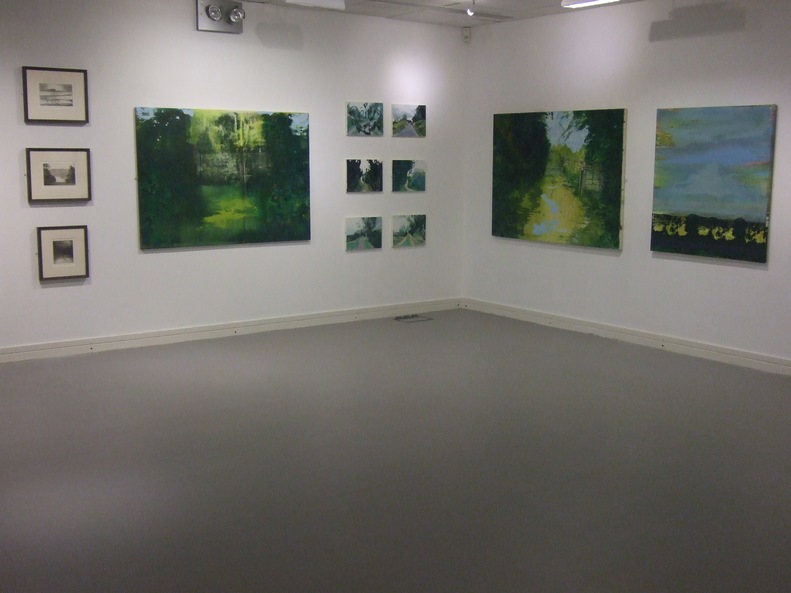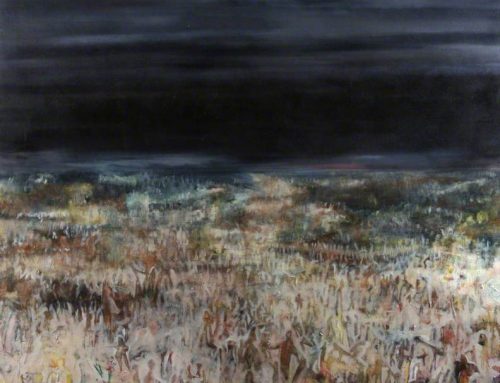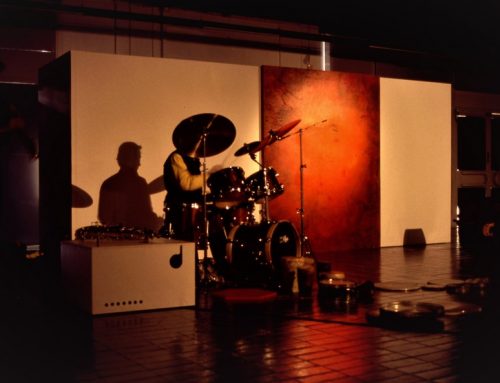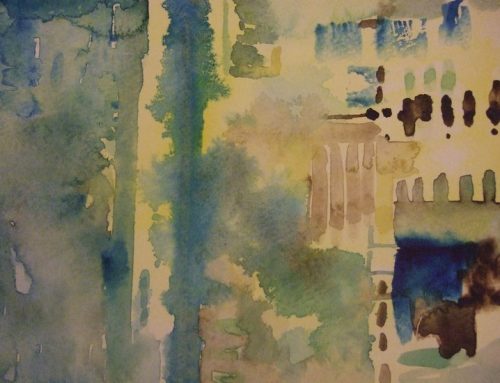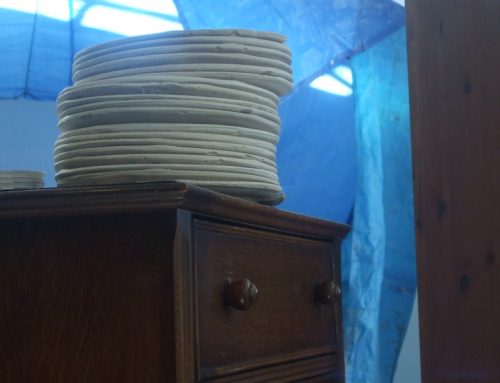Selected work from 2012-2013
Works • 2012-2013
Gallery:
The works were produced in 2013 and featured in the exhibition ‘Margins of the Lane’
Steve McDade: Exhibition statement for Margins of the Lane
Edges/Hedges/Fences/Gates
Borders/Verges/Margins
Propositions/Refusals
This set of paintings is part of a continuing series of speculative approaches to landscape begun with the exhibition Entrance to a Lane in 2011. I was interested in trying to fathom a way of responding to painting landscapes in the face of what seemed to me to be almost an impossibility. The historical precedents and the long established genre of landscape painting presents an enormous challenge. The traditions of academic painting, of realism, of expressionism, of vanguard-ism and of abstraction have already ‘mapped the territory’ and to a very large extent ‘bordered’ off all the available modalities of what painted landscapes can and could be. ‘Landscape’ is already captured. What is the point of going over old ground? Nevertheless, this ‘impossibility’ was itself a proposition and an incitement to walk again down this particular lane and once again in the company of some venerable ancestors like Lanyon, Heron, etc.
In contemporary terms the position of landscape is being re-configured around notions of ecology and of edge-land. The previous binary of Urban/Landscape (landscape/not landscape as articulated by Rosalind Krauss in her famous essay on ‘Sculpture in The Expanded Field’….) is now being extended to the liminal spaces at the edge(s) of the built environment. There isn’t any part of this ‘United Kingdom’ which is not bordered or annexed in one way or another.
My paintings ‘square up’ to this annexation of the land and use the notion of borders, verges, hedges and gateways as motifs and as ‘points of departure’.
The use of these specific motifs represent the borders and edges between spaces (gardens, farmland, and motorways). As signifiers they extend as metaphor to the realm of an autobiography of a more personal nature, a little obscure perhaps, but easily retrievable. I suspect that notions of being ‘fenced in’ or of trespassing or on the verge might be fairly common ground!
To make a painting is to struggle with the memory of every painting encountered.
The canvas clean, taut, white, primed is a tabula rasa. Not so! It is already swamped with images, histories a kind of ‘pre-knowledge’ before the painting begins. To make paintings is to negotiate this pre-given and to respond or get marginalised by the weight of history. This is especially true for me. The innumerable images shown in a lifetime of lecturing produces what Andre Malraux has referred to as ‘The Museum without Walls’; my head and the canvas in front of me already full of paintings to fight with!
As Giles Deleuze points out:
“ It is a mistake to think that the painter works on a white surface. The figurative belief follows from this mistake. If the painter were before a white surface, he could reproduce on it an external object functioning as a model, but such is not the case. ………. , so that the painter does not have to cover a blank surface but rather to would have to empty it out, to clear it, to clean it…….In short, what we have to define are all these ‘givens’ that are on the canvas before the painter’s work begins, and determine amongst these givens, which are obstacles, which are helps……..”
Deleuze. G, (2002) Francis Bacon, The Logic of Sensation. Minneapolis. UMT Press (p71)
My paintings play with the ‘idea’ of what painting is; the dialogue between surface and depiction. They enter into a kind of discourse of painting and ‘the pictured’ through the medium of paint; the use of surface marks, of representation dissolving into abstraction, of a material reality, of indexical signs that include photographic referents, of illusionism and reflection as well as the physical act of painting.
The conscious reference to some of the paintings from the collection that were used in the exhibition became part of the visual dialogue between the mid 20thC and 21st C. This interrelation continued at the centre of the research as key factor in the construction of my work. The painting by Minchin with its ‘stagey’ theatricality and the Sutherland with its signature yellow (both of which can be seen in last set in the gallery of works here) have obvious resonance to my work . But so too are the implications of edges, contours and surface present in all of the other works from the collection.
Trespass: Oil on Canvas 2013
The interplay of line drawing and abstraction provides the discourse around representation and surface. The opposition between ‘academic representation’ and gestural application of paint engages with a ‘mini history’ of tradition(s) of painted landscapes from 15th C ‘backgrounds’ to 18th C ‘idylls’ to abstract expressionism and process led ‘action’ work. The barred gate literally figures a refusal (do not trespass) whilst the kissing gate towards the raised path signifies a possible entrance to the world beyond the end of the lane (and another kind of trespass)
Border : Oil on Canvas with photo-screen print 2013
This is based on drawn and painted elements taken from a piece of ‘tamed nature’ demarcated by fences. Part of the image consists of a photo-screen print. The indexical (photographic) signs of fence and tree provide a backdrop for that very domestic piece of land – the urban garden. The painted gestures and impasto blobs and splashes sit on the surface to draw attention to the 2D reality of the ‘painting as object’ marks and disperse ‘fly’ to the edges of the work forming the borders/margins helping to creating the stage-like setting. The energy of the work, driven to the sides, sets up the interplay of the surface, colour and illusionism in the dynamic ‘push and pull’ from the picture plane.
Verge: Oil on Canvas with photo-screenprint 2012-13
This painting is the result of the seemingly endless journeys from Southampton to Chichester up and down the M/A27 !
It is on the commuter network that the hard edges of the roadway, the verges and crash barriers meet the landscape of silhouetted trees against impossible cloudscapes. The painting comprises of both screen print and painted surface. I specifically set out to make reference to the contemporary condition of reality as being experienced as ‘image’. The notion of transit, of speed and of ‘networks’ has increasingly presented us with an altered sense of the world. Jean Baudrillard highlighted the effect of digital technologies in his 1987 essay ‘The Ecstasy of Communication’. Screened imagery and communication constructs and reflects the world through the screens of computers, cinema, tv in fact of all ‘screened images’ (including car windscreens), and which provide the virtual world from which our ideas of ‘ landscape’ are often, and increasingly derived.
Margins of the Lane continued the interaction with British Modernist paintings. In the images here can be seen the work by Minchin (referred to in the opening text) and Sutherland. Prints by Norman Ackroyd and paintings by fellow artist Elizabeth Colley
Thank you for taking the time to view my work, I hope that you enjoyed it.

